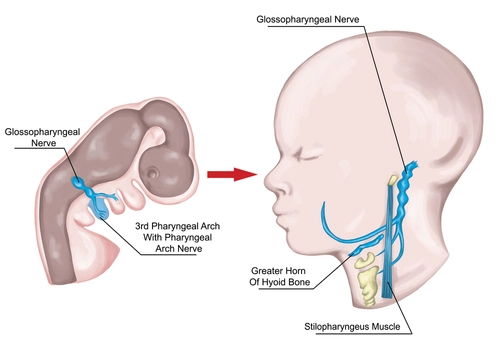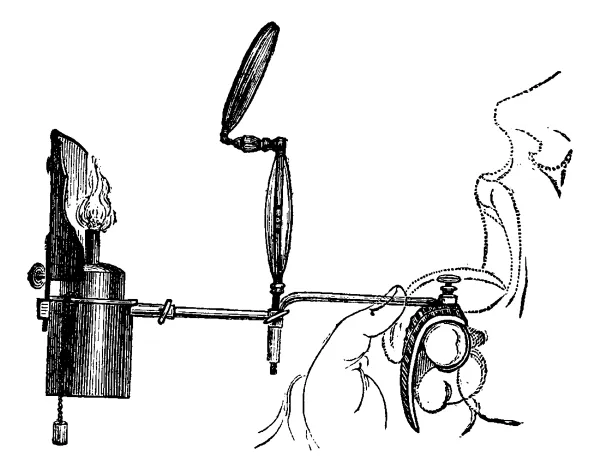Otolaryngology Coding Alert
Q&A:
Get Easy Answers to 3 Top Laryngeal Procedure Questions
Published on Thu Mar 26, 2015

You’ve reached your limit of free articles. Already a subscriber? Log in.
Not a subscriber? Subscribe today to continue reading this article. Plus, you’ll get:
- Simple explanations of current healthcare regulations and payer programs
- Real-world reporting scenarios solved by our expert coders
- Industry news, such as MAC and RAC activities, the OIG Work Plan, and CERT reports
- Instant access to every article ever published in Revenue Cycle Insider
- 6 annual AAPC-approved CEUs
- The latest updates for CPT®, ICD-10-CM, HCPCS Level II, NCCI edits, modifiers, compliance, technology, practice management, and more
Related Articles
Other Articles in this issue of
Otolaryngology Coding Alert
- Procedure Focus:
Don't Fall Into These 4 FESS Coding Traps
Details in the surgeon’s notes make all the difference. As an otolaryngology coder, you know [...] - Reimbursement:
Be Aware of RVU Differences for FESS Procedures
Never ‘code for dollars’ by submitting higher RVU values. The difference in reimbursement between [...] - Q&A:
Get Easy Answers to 3 Top Laryngeal Procedure Questions
Like it or not, ‘unlisted’ sometimes is the best choice. Your otolaryngologist can perform a [...] - ICD-10:
Don't Be Disturbed by New Code Options for Dry Mouth
ICD-10 adds one more option for consideration. Xerostomia, or dry mouth, is a condition in [...] - Reader Question:
Remember Cochlear Implant Includes Initial Removal
Question: Is it appropriate to bill for removal of a cochlear implant and reimplantation of cochlear [...] - Reader Question:
Base Tracheostomy Debridement Coding on Measurements
Question: I need help coding for a tracheostomy debridement. I’ve been using 11042 with diagnosis 519.01 [...] - Reader Question:
Payer Determines Whether You Bill 42961 for Post-Op T&A Bleeding
Question: A patient had a tonsillectomy and adenoid removal. She was hospitalized for observation but no [...] - Reader Question:
Turn to 42420 for Parotidectomy
Question: Our physician performed the following procedures: 1. Left total superficial parotidectomy with facial nerve dissection - Reader Question:
Verify That Audiologist Has MD Supervision for 92540
Question: I am trying to find out what type of supervision is required when an audiologist [...] - You Be the Coder:
Documenting a Claim With 31297 and 21337
Question: Our otolaryngologist performed a balloon dilation, and had to fracture the patient’s nose during the [...]
View All




